Webtoons have avid fans both at home and abroad, their global popularity buoyed by the ingenuity and hard work of their creators. Here are five prominent artists who have led some of the biggest trends in webtoons, from the genre’s inception to the present.
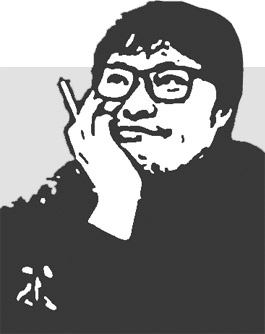
“Love Story” (2003-2004, Daum Webtoon)
“Apartment” (2004-2008, Daum Webtoon)
“26 Years” (2006, Daum Webtoon)
“I Love You” (2007, Daum Webtoon)
“Neighbor” (2008, Daum Webtoon)
“Lamp Shop” (2011, Daum Webtoon)
“Witch” (2013, Daum Webtoon)
“Moving” (2015, Daum Webtoon)
“Bridge” (2017, Daum Webtoon)
Kang Full
The Trailblazer
In 2015, when Kang Full was interviewed on newscaster Sohn Suk-hee’s prime time news show, Sohn introduced him as “the trilobite of the webtoon world.” This comparison to an early life form was symbolic of Kang’s trailblazing role as an early webtoon artist.
When Kang began posting the series “Love Story” on the Daum web portal in 2003, the concept of webtoons as a new genre was neither clearly defined nor well known. Some refused to accept webtoons as a legitimate form of comics, and Kang’s illustrations were arguably not on par with the standard set by print comic books. Nonetheless, his work was a sensation; when he hit another home run with “Apartment” the following year, people began to think differently.
Kang’s early works – an endearing portrayal of pure love and a horror mystery about a vengeful spirit that drives the residents of an apartment building to death – proved that a well-structured plot alone could rack up page views. This precedent led to a major shift in the industry. Aspiring artists began to think that they too could make it as webtoonists if they had a good storyline or idea that could make up for subpar drawing skills. Interestingly, an outpouring of solid titles in diverse genres followed.
In the wake of movie adaptations of “Apartment” and other works by Kang, webtoons emerged as key “one source multi-use” content. The movie and television industries increasingly turned to webtoons for stories, vitalizing the market for secondary rights and contributing to the growth of webtoons as a whole. Obviously, Kang can’t take sole credit for this trend. But without a doubt, the “trilobite of webtoons” made an indelible mark on the budding medium.

The protagonists of “Love Story,” considered the true debut work of webtoon artist Kang Full. © Kang Full / Courtesy of Daum Webtoon

The protagonists of “I Love You,” a touching portrayal of the lives and loves of the marginalized elderly.
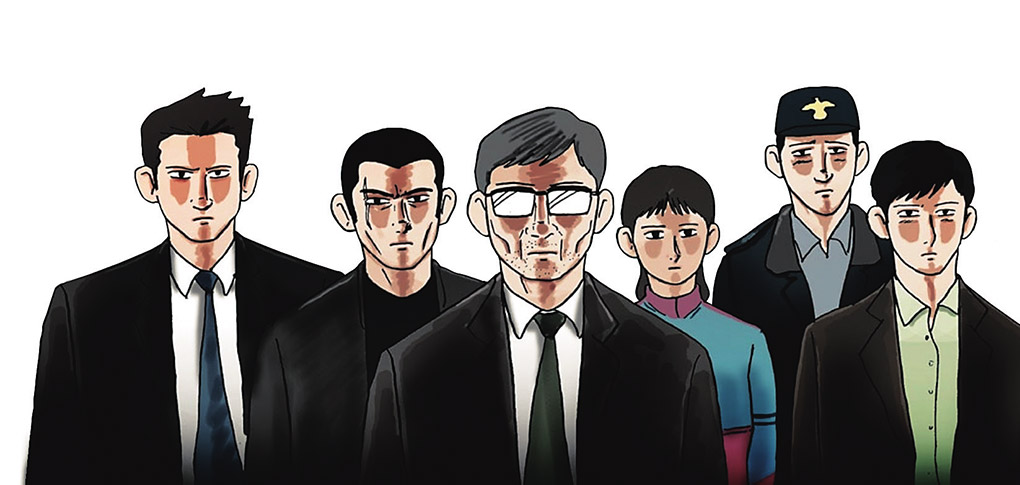
The characters in the preview of “26 Years,” which deals with the Gwangju Democratic Uprising of May 1980. Kang said he struggled with this work more than any other due to the nature of the topic.

“Sambong Barber Shop” (2006, Paran)
“Annarasumanara” (2010-2011, Naver Webtoon)
“God of Bath” (2011-2012, Naver Webtoon)
“Duty after School” (2012-2013, Naver Webtoon)
“Taste of Illness” (2018-2019, Naver Webtoon)
Ha Il-kwon
Aesthetic Heights
The multifarious aesthetic experimentation of comic artists in the digital environment, characterized by screens and vertical scrolling, has served to establish webtoons as a new medium independent of existing comics.
Ha Il-kwon (aka Ilkwon Ha), an early webtoon artist, has broadened his expressive range in remarkable ways over the course of his career. His debut title, “Sambong Barber Shop” (2006), was noted for its choice of colors that were better suited to a computer screen than in print, whereas in “Annarasumanara” (2010-2011), he conveyed shifts in mood through the contrast of achromatic and chromatic colors, exhibiting a freer style that resisted the confines of each frame.
In “God of Bath” (2011-2012), Ha moved on to demonstrate a more mature style. But after judging that his drawing style no longer felt distinctive, he began focusing less on flashy art and more on increasing the density of each individual frame, and also incorporated devices like found footage. The results of these shifts can be seen in “Duty after School” (2012-2013), where they maximize the story’s gloomy mood.
Readers continue to find Ha’s style engaging not merely because he has expanded his expressive techniques to best fit the physical properties of computer or smartphone screens. He heightens their fun and emotional response, as evidenced in “Annarasumanara” (a title derived from its magician character’s incantation) and “Duty after School.” The perfect coupling of story and style runs through his works, including “GOGOGO” (collaboration, 2015), a cheerful adventure series that makes effective use of the built-in features of smartphones such as the vibration function, and “Taste of Illness” (2018-2019), which depicts in dream-like style the distressed mental state of its protagonist suffering from panic disorder.

Ha Il-kwon has a penchant for emotionally resonant stories about the troubles of the alienated and emotionally wounded. “Annarasumanara” is a fantastical story about the events that unfold when a young girl, the sole breadwinner of her financially struggling family, meets a magician. © Ha Il-kwon / Courtesy of NAVER WEBTOON

“Hanged Doll” (Story by Aruani; 2007-2008, Daum Webtoon)
“Superior Day” (Story by Aruani; 2008-2009, Naver Webtoon)
“Bastard” (Illustrations by Hwang Young-chan; 2014-2016, Naver Webtoon)
“Sweet Home” (Illustrations by Hwang Young-chan; 2017-2020, Naver Webtoon)
“Gorgon” (Illustrations by Seo Jai-il; 2018-2019, Toomics)
“Shotgun Boy” (Illustrations by Red Brush; 2021, Naver Webtoon)
Carnby Kim
Guru of the Thriller Genre
The most famous webtoon by Carnby Kim (aka Kim Kan-bi) is undoubtedly “Sweet Home” (2017-2020), recently adapted into an original TV series for Netflix. While the average viewer might know little else about Kim, in the webtoon world he’s known as an artist who delved deeply into the thriller genre and played a vital role in its development.
Kim formed Team Getname with story writer Aruani, and the two have collaborated on many projects. Their debut series, “Hanged Doll” (2007-2008), and second title, “Superior Day” (2008-2009), are meticulous portrayals of the evil nature of human beings. “Hanged Doll” is a story involving five children who, even at the tender age of 10, have no qualms about committing murder, and the revenge exacted on them years later by a now-adult who was almost one of their victims. “Superior Day,” which received an 18+ rating, features a serial killer who feels a sense of supe- riority through murder, an atrocious killer who once subdued him, and the good-natured protagonist who gets swept up in their game. In “Bastard” (2014-2016), Kim’s first collaboration with Hwang Young-chan, the illustrator of “Sweet Home,” the protagonist is coerced and threatened by his serial killer father to act as his accomplice.
Kim’s works spotlight the brutal nature of humans, with his protagonists often facing serious ethical dilemmas. “Sweet Home,” which is better described as a post-apocalyptic tale than a thriller, is a story of humans who, in a world where monsters run rampant, strive not to become monsters themselves, despite how much easier it would be to follow suit. This has been a consistent theme throughout Kim’s body of work – and it’s what he does best.
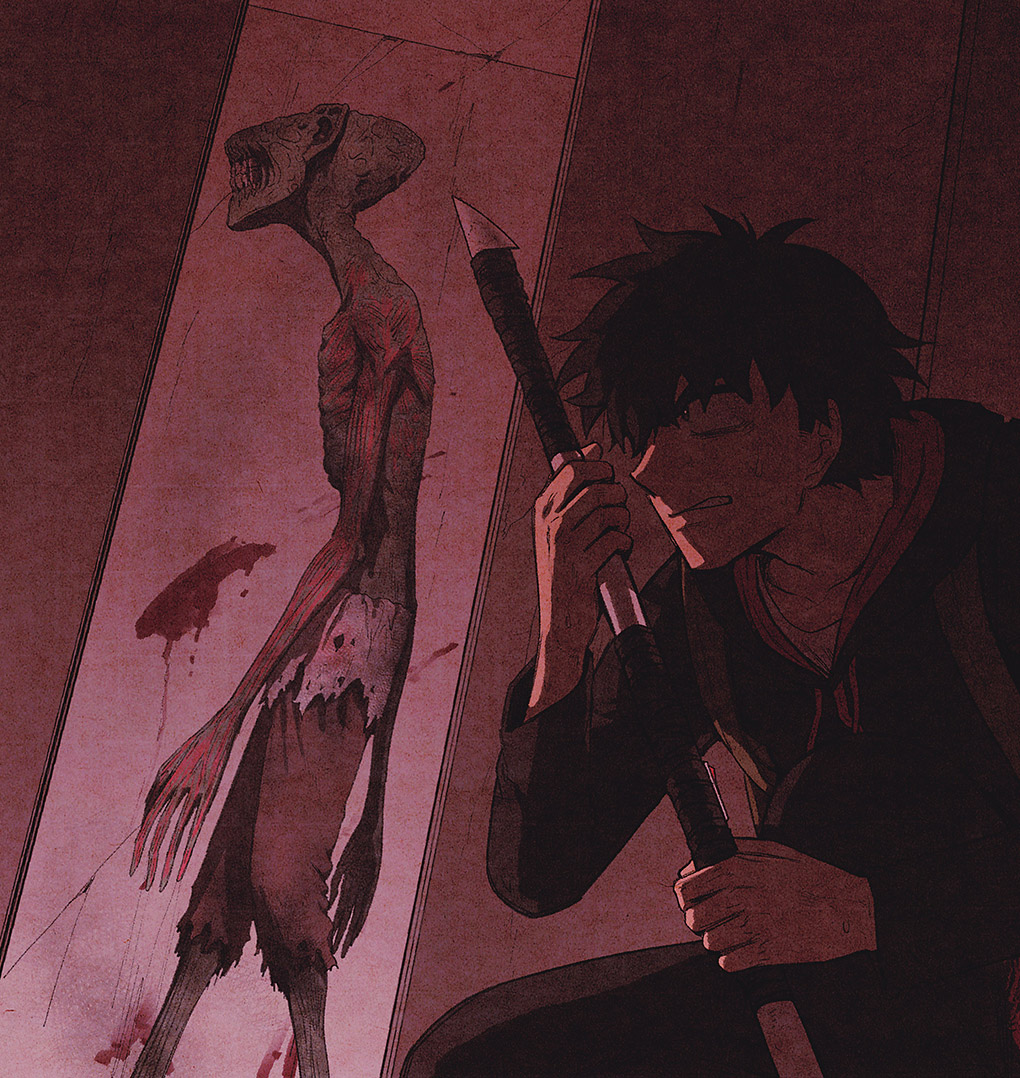
Featuring distinctive monster characters, “Sweet Home” keeps viewers on edge with suspense, horror and fright. The writer focused on the emotional growth of the protagonist, which sets the work apart from the usual apocalypse stories. © Carnby Kim, Youngchan Hwang / Courtesy of NAVER WEBTOON

“3 Grams” (2012, Mimesis)
“Street Painter” (2015, Olleh Market)
“SARIN” (2017-2018, Instagram/Facebook)
“Gone” (2019-2020, Instagram/Facebook)
Soo Shin Ji
Out of the Mainstream
Soo Shin Ji, the creator of “SARIN” (2017-2018) and “Gone” (2019-2020), has spearheaded changes in contemporary Korean webtoons in two ways. First, she chose not to serialize her works on Daum or Naver, the two major webtoon platforms. Instead, she posted to social media sites Instagram and Facebook, managing to gain explosive popularity and recognition all the same.
Even without relying on powerful platforms and their hordes of potential readers, “SARIN” garnered over a million followers solely through word of mouth and recommendations on social media. The tradeoff was that Soo wasn’t paid and made no money until after the series was published in book form. But it serves as a remarkable example of the ability to score a smash hit without following a conventional route to success.
Secondly, Soo effectively brought to the fore feminist issues that have become a hot topic online in recent years. In “SARIN,” she casts a critical eye on Korean society’s patriarchal customs which expect women, upon marriage, to be devoted to their husband’s family. In “Gone,” she portrays a fictional world where technology can determine whether a woman has had an abortion, and those who have undergone the procedure face legal punishment. It’s a biting satire on how banning abortion constitutes a violation of a woman’s bodily autonomy.
As the webtoon market expanded quantitatively around Daum and Naver as the genre’s two major platforms, comic artists became increasingly inclined to cater to these distributors to get their works online. The accumulation of success stories has paradoxically discouraged artists from working outside the box. This is why Soo’s ventures into feminist issues, which seemed to hold no guarantees of success without the backing of mainstream platforms, speak volumes.
More webtoon artists have since begun posting their work on Instagram and other social media sites, and feminist webtoons infused with sharp social commentary have appeared, with some inversely being picked up by major platforms. The small ripples Soo caused outside the rigid mainstream are now making huge waves.
Scenes from “SARIN.” Posted on social media rather than a major webtoon platform with a horde of potential readers, this webtoon enjoyed huge popularity, with numerous comments left by readers on each episode. It sparked heated debate about women’s status and role in society. © Soo Shin Ji
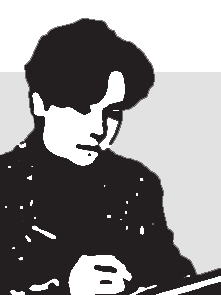
“Lookism” (Since 2014, Naver Webtoon)
“Viral Hit” (Illustrations by Kim Junghyun; since 2019, Naver Webtoon)
“Loser Life” (Illustrations by Jeon Sun-wook; 2019-2020, Naver Webtoon)
Pak Tae-jun
Soda Pop You Can’t Put Down
Pak Tae-jun (aka Taejun Pak) first earned fame on a 2009 TV variety show which featured internet celebrities known for their looks. This led to further TV appearances and, eventually, to Pak launching an online clothing store. In 2014, he debuted as a webtoon artist with “Lookism,” an ongoing weekly series on Naver Webtoon, which has received the highest number of views since the platform’s inception.
In the domestic webtoon scene, Pak is regarded as an invasive species disturbing the industry’s ecosystem, something that isn’t entirely attributed to his history as an outsider. After all, others have broken into the scene from different fields to gain huge popularity, though none as successfully as Pak. Instead, he is considered “disruptive” more for strictly adhering to the textbook formula for success – appealing without pretense to the visceral desires of readers.
Webtoon readers tend to have a predilection for a narrative technique dubbed “soda” in Korea. This refers to an exhilarating development of events that resembles the fizzy taste of a carbonated drink, a narrative device that provides vicarious pleasure through an abrupt change in situation rather than a plausible resolution of conflict among the characters. In “Lookism,” for instance, the short, ugly protagonist can turn himself into a tall, handsome man who is the object of envy. In “Viral Hit” (2019-), the poor, weak main charac-ter gradually grows stronger with the help of a YouTube channel that teaches fighting skills, eventually becoming a popular YouTuber himself by uploading videos of his fights. This narrative structure may seem overly simplistic, but it’s a surefire way of delivering instant enjoyment to readers.
Pak’s “Loser Life” (2019-2020), which was serialized on Naver Webtoon, also garnered a huge number of views, proving the efficacy of his methods. But in taking the quick and easy route to gratifying readers, his works risk provoking public disdain for the socially disadvantaged. On the one hand, his webtoons enjoy absolute popularity, but on the other, they come under fire for their misogynistic and anti-immigrant undertones. This is an issue Pak will have to address if he wishes to appeal to a broader audience outside of Korea.
Pak’s “Loser Life” (2019-2020), which was serialized on Naver Webtoon, also garnered a huge number of views, proving the efficacy of his methods. But in taking the quick and easy route to gratifying readers, his works risk provoking public disdain for the socially disadvantaged. On the one hand, his webtoons enjoy absolute popularity, but on the other, they come under fire for their misogynistic and anti-immigrant undertones. This is an issue Pak will have to address if he wishes to appeal to a broader audience outside of Korea.
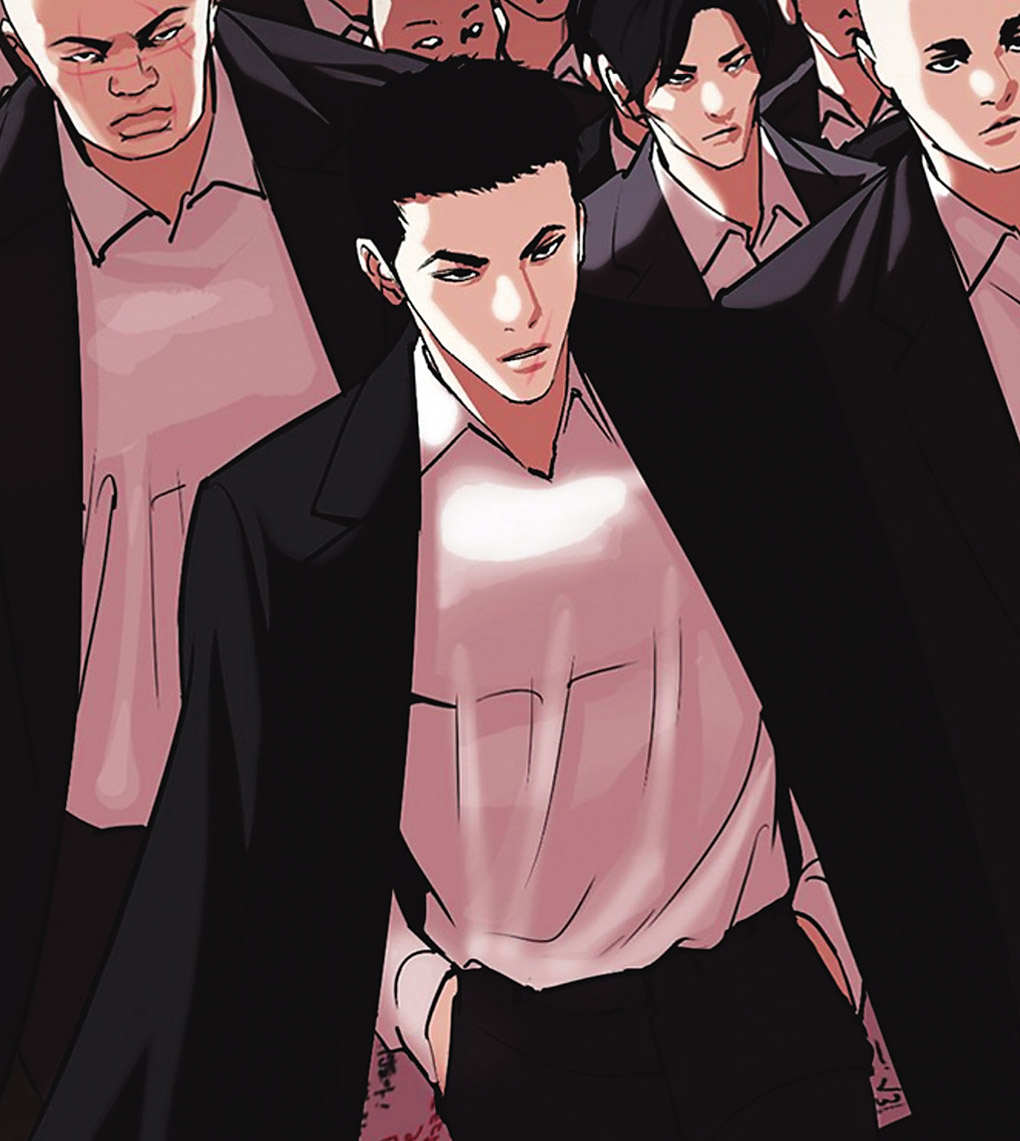
A scene from “Lookism.” The protagonist in this webtoon is bullied because of his ugly looks, but suddenly finds he can turn himself into a handsome man. As soon as the webtoon was uploaded to Naver’s “Manhwa Challenge” section for amateurs, it soared to the top of the ranks. Official serialization began in September 2014. © Pak Tae-jun / Courtesy of NAVER WEBTOON
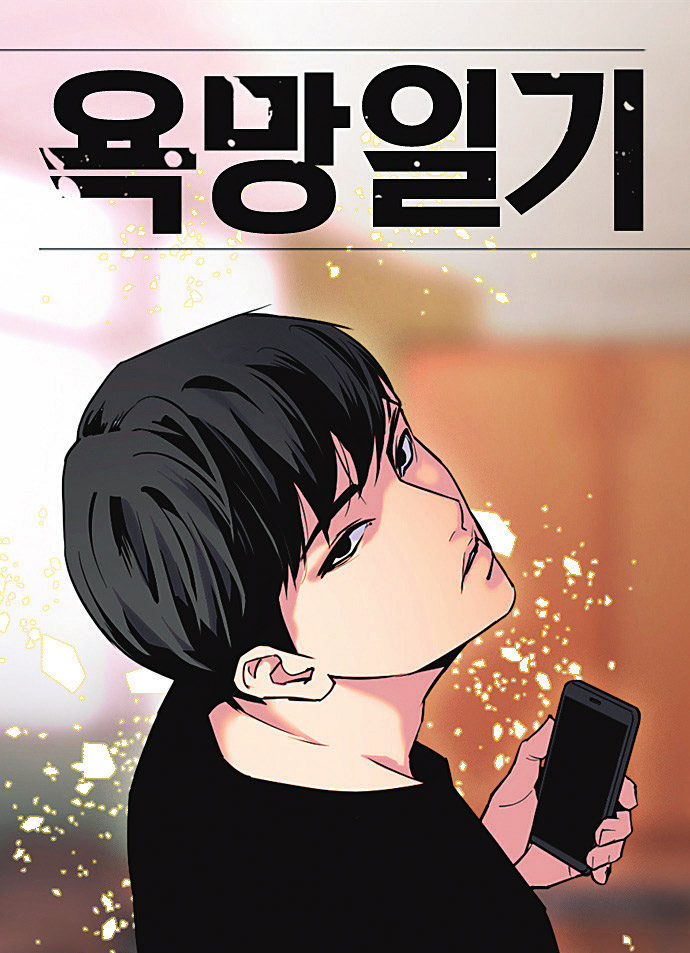
“Diary of Desire” is an ongoing omnibus thriller produced by Taejun Webtoon Company. Written and illustrated by Kim Juin, it debuted in December 2020. © Kim Juin, Taejun Webtoon Company / Courtesy of NAVER WEBTOON